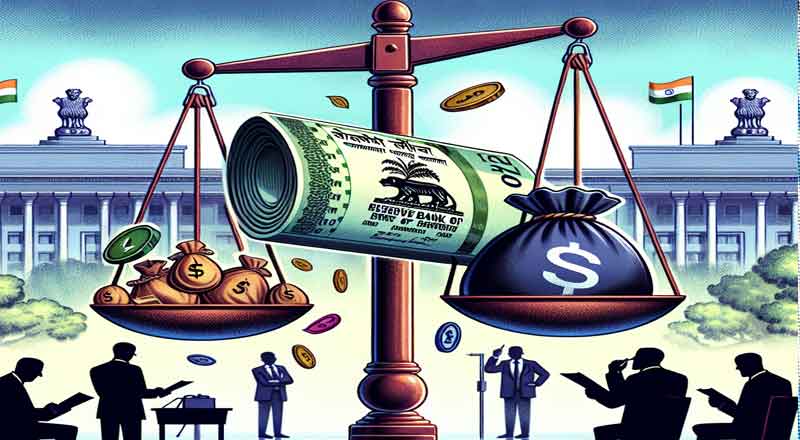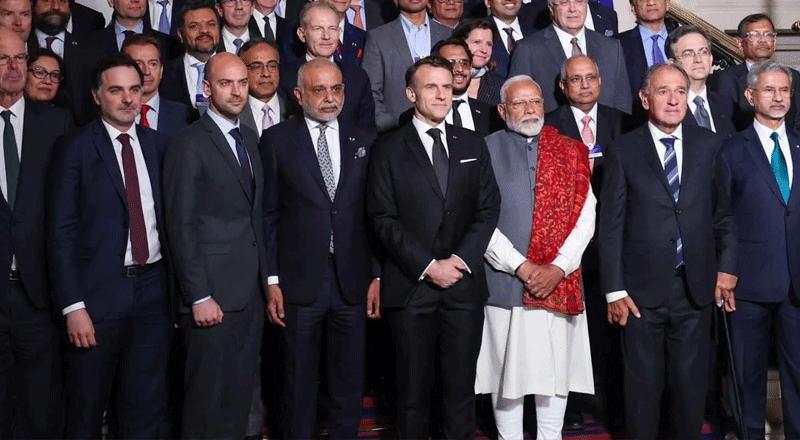The central board of the RBI has approved a historic surplus transfer of Rs 2.11 trillion to the government for 2023-24, significantly exceeding expectations and demonstrating the central bank’s robust financial position. This surplus, allocated despite increasing the contingent buffer to 6.5%, offers an unexpected fiscal boon, potentially reshaping the government’s fiscal outlook for the upcoming year. The bumper Rs 2.11 trillion dividend transfer by the Reserve Bank of India (RBI) to the Centre is expected to give the next government fiscal cushion and greater elbow room for expenditure management, experts said.
Rooted in the Economic Capital Framework established in 2019, the RBI’s dividend payout mechanism ensures a delicate balance between maintaining sufficient capital buffers and sharing profits with the government. The dividend amount is intricately tied to the RBI’s income, capital provisions, and the level of the contingent risk buffer, providing a structured approach to surplus distribution.
Analysts anticipate that the government will strategically allocate the additional funds to bolster infrastructure development and augment social welfare initiatives. However, the windfall may also serve to offset higher spending commitments and potential shortfalls in disinvestment proceeds, offering a cushion for fiscal manoeuvrability in the face of unforeseen economic shifts.
Presented with the dilemma of utilizing the surplus for fiscal consolidation or funding additional expenditure, the government must carefully weigh its options. The higher surplus could potentially influence the government’s borrowing strategy, enabling a reduction in market borrowings and alleviating pressure on bond yields. Such a move could stabilize the bond market, lower borrowing costs, and foster broader economic stability.
The higher-than-anticipated dividend announcement has been met with enthusiasm in stock markets, signaling the potential for increased government spending and heightened economic growth, particularly in critical sectors like construction and infrastructure. Public Sector Banks (PSBs) are poised to play a pivotal role in facilitating the channeling of increased government spending into productive sectors, thereby catalyzing economic recovery.
Beyond the RBI dividend, significant cash inflows are anticipated from forthcoming spectrum auctions and critical mineral auctions. Coupled with the robust performance of Central Public Sector Enterprises (CPSEs) and PSBs, these inflows are expected to further bolster the public exchequer. The government’s strategic allocation of these funds will shape the trajectory of economic growth and development, with implications for inflation and overall economic stability.
The surplus transfer underscores the RBI’s resilient financial standing and adept management of assets amidst global economic uncertainties. The judicious utilization of these funds by the government has the potential to fuel sustained economic growth, reinforcing investor confidence, and positioning India as an attractive destination for foreign investment.
In essence, while the RBI’s record dividend transfer presents a significant fiscal windfall, its effective utilization holds the key to mitigating inflationary pressures and fostering sustainable economic growth. The government’s prudent allocation of these funds will play a pivotal role in shaping India’s economic trajectory and solidifying its position on the global stage.
(With inputs from agencies)





